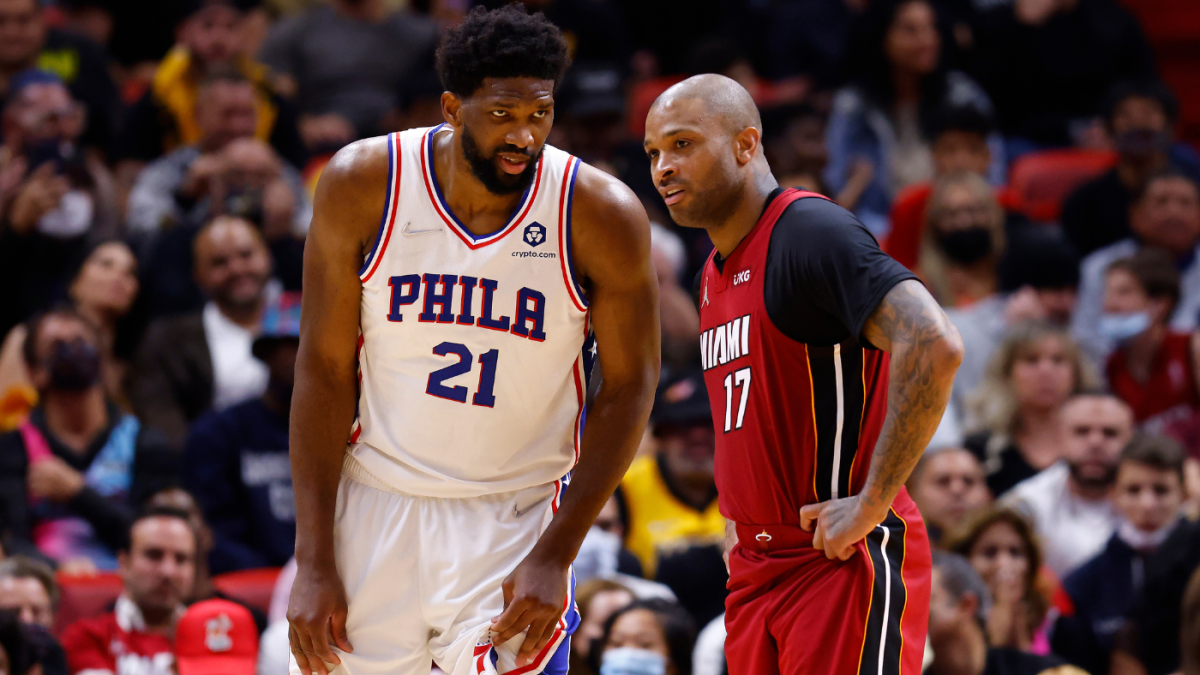Like thousands of students across the country, Abby Steffen was unsure of how she was going to pay for a college education.
The sophomore-to-be at the University of Nebraska-Lincoln said she didn’t qualify for a Pell Grant when she first submitted her Free Application for Financial Student Aid, known as FAFSA, the document used to determine how much help she would be eligible to receive.
The oldest of eight children from a farm family that lives near Crofton, Steffen was assigned a high expected family contribution, meaning she’d have to find other ways to pay tuition and other costs.
Abby Steffen
“I was really considering dropping out for a year and working because I wasn’t sure how I would be able to afford everything,” said Steffen, who worked a second job during the school year, and took on a handful of others this summer.
But when she asked the Office of Federal Student Aid at the U.S. Department of Education to reconsider, citing special circumstances, Steffen learned that she would, in fact, be eligible to receive a Pell Grant.
The Pell Grant, which celebrated its 50th anniversary earlier this month, offers up to $6,895 in financial aid to students who demonstrate need, in order for them to pursue a college degree. The money does not have to be paid back.
Steffen said learning she was eligible for a Pell Grant altered her future: “College is very stressful as it is, and I know a lot of students are very grateful for the Pell Grant.”
According to data collected by the U.S. Department of Education and published through the College Scorecard, roughly 36% of students attending Nebraska’s public and private colleges and universities received a Pell Grant in the 2019-20 school year.
At UNL, the number of recipients increased from 4,046 in 2010-11 to a high of 4,757 in 2017-18, before leveling off at 4,481 in 2020-21, the office of Institutional Effectiveness and Analytics reported.
For first-time, full-time students, the number of Pell Grant recipients has jumped from 966 to 1,208 in the decade between 2010 to 2020.
As the number of students who receive Pell Grants has increased, so too has the average amount awarded, by a little more than $500, according to UNL.
In 2010-11, undergraduate students at UNL received an average grant of $3,813; the average rose to $4,489, while the average Pell Grant to first-time, full-time students increased from $3,728 to $4,489 over the same time period.
Other schools, including other campuses across the NU system, the Nebraska State College System, and community colleges across the state, as well as private colleges and universities, have also seen success among students who qualify for federal assistance.
At the University of Nebraska at Omaha and the University of Nebraska at Kearney, for example, roughly 34% and 36% of the student body received a Pell Grant in the 2019-20 school year, according to the College Scorecard.

NU President Ted Carter, who knew Sen. Claiborne Pell of Rhode Island for whom the grant is named — Pell wrote Carter’s nomination letter to the U.S. Naval Academy in 1977 — said the award, when combined with a competitive tuition rate and support from private donors, “adds up to a story of unbeatable success.”
About one-third of students who attend state college campuses in Peru, Wayne and Chadron used a Pell Grant to pay part of their way, most of whom are first-generation college students, Chancellor Paul Turman said. That’s up slightly over the numbers from a decade ago.
The current funding of the Pell Grant — about $5,600 per semester — pays the full tuition rate for state colleges, and would cover additional costs of those students.

Nebraska State College System Chancellor Paul Turman
“The vision for those Pell Grants, when that program was first put in place, is how do we find opportunities for the students to continue their education?” he said. “If you look at all of our aid collectively, Pell is probably the biggest bucket our families draw from.”
UNL Chancellor Ronnie Green said the support offered by the Pell Grant has played an important role for the 1 out of every 5 students who receive financial help from the federal government to go to college.

Ronnie Green
The Pell Grant is often “first-dollar” aid, reducing the $25,000 cost of attendance at UNL by $4,500 on average before other aid is applied.
“When you look at the level of support those students need in order to not go to school with a lot of debt, that’s significant,” Green said. “Pell becomes the foundation on which we stack all of the other aid to try and minimize the cost for these students.”
That has helped UNL keep the average debt students graduate with at roughly $24,500, according to the Institute for College Access and Success, which is below both the state average of $30,500 and the national average of $32,700.
Green is a direct beneficiary of the Pell Grant program. As a first-generation student at Virginia Tech University in 1979 “who would have qualified for Nebraska Promise,” Green received federal assistance.
Stacked with other scholarships, the grant helped Green graduate with no college debt — he acknowledges the difference in cost some four decades later — but says Pell helped him in ways similar to how it helps students now.
“I didn’t work a lot when I was in college — I worked some as a student worker — but I was able to go full-time as a student and not have to worry about 20-30 hours of workload a week,” he said. “I was able to finish in 3 1/2 years instead of 5 or 6 years.”
Reducing the need to work several jobs in addition to taking a full slate of classes is something more recent college students have experienced as well.
For Sadid Carrillo, who graduated from UNL in 2013 with a degree in finance and accounting, the Pell Grant allowed him to not only attend UNL, but to take part in opportunities he otherwise wouldn’t have been able to pursue.
“The core of it, in my opinion, is that it just helped me focus on school,” said Carrillo. “For me, I wouldn’t have had the confidence or the overall ability to stay in school if not for the Pell Grant.”
The oldest of five children, Carrillo said his parents couldn’t cover the full cost of attendance at UNL. Under the Pell Grant program, however, the Schuyler native qualified for the maximum amount, roughly $5,000 a semester at the time.
When he considered dropping out and following his parents to work at Cargill — it was for “school reasons” and not financial, he said — Carrillo said he surveyed the wide assortment of help he had been offered and decided to stay.
That led to a college degree and, eventually, a job as a bank examiner at the Omaha office of the Federal Reserve Bank of Kansas City.
“If it wasn’t for the Pell Grant, I don’t think I would have stayed in school,” he said. “All of those resources definitely made the picture of going to college much more realistic and more possible.”
Breaking down Nebraska’s colleges and universities
Bryan College of Health Sciences

Bryan College of Health Sciences, Lincoln
Pell grant students: 38%
Students with federal loans: 75%
Cost to attend: $25,788
Price after financial aid: $24,331
6-year graduation rate: 73%
Median debt: $23,479
Began repayment in five years: 82%
Average earnings after 10 years: $53,500
Central Community College

Central Community College, Grand Island
Pell grant students: 28%
Students with federal loans: 19%
Cost to attend: $11,426
Price after financial aid: $7,872
6-year graduation rate not listed
Median debt: $3,500
Began repayment in five years: 60%
Average earnings after 10 years: $32,800
Hastings College

Hastings College, Hastings
Pell grant students: 32%
Students with federal loans: 63%
Cost to attend: $39,273
Price after financial aid: $18,952
6-year graduation rate: 58%
Median debt: $15,000
Began repayment in five years: 78%
Average earnings after 10 years: $47,500
Mid-Plains Community College

Mid-Plains Community College, North Platte
Pell grant students: 33%
Students with federal loans: 36%
Cost to attend: $10,634
Price after financial aid: $6,401
6-year graduation rate not listed
Median debt: $5,500
Began repayment in five years: 57%
Average earnings after 10 years: $35,200
Nebraska Christian College

Nebraska Christian College of Hope International University, Papillion
Pell grant students: 45%
Students with federal loans: 66%
Cost to attend: $27,134
Price after financial aid: $22,084
6-year graduation rate: 63%
Median debt: $15,500
Began repayment in five years: 63%
Average earnings after 10 years: $32,500
Nebraska Indian Community College

Nebraska Indian Community College, Macy
Pell grant students: 48%
Students with federal loans: 0%
Cost to attend: $17,754
Price after financial aid: $4,643
6-year graduation rate: 100%
Median debt not listed
Repayment figure not listed
Average earnings after 10 years: $21,200
Nebraska Wesleyan University

Nebraska Wesleyan University, Lincoln
Pell grant students: 27%
Students with federal loans: 63%
Cost to attend: $41,817
Price after financial aid: $22,719
6-year graduation rate: 70%
Median debt: $17,225
Began repayment in five years: 83%
Average earnings after 10 years: $52,500
Northeast Community College

Northeast Community College, Norfolk
Pell grant students: 24%
Students with federal loans: 24%
Cost to attend: $12,236
Price after financial aid: $8,679
6-year graduation rate not listed
Median debt: $5,700
Began repayment in five years: 64%
Average earnings after 10 years: $38,400
Peru State College

Peru State College, Peru
Pell grant students: 29%
Students with federal loans: 44%
Cost to attend: $17,335
Price after financial aid: $12,681
6-year graduation rate: 35%
Median debt: $12,161
Began repayment in five years: 65%
Average earnings after 10 years: $39,600
Southeast Community College

Southeast Community College, Lincoln
Pell grant students: 35%
Students with federal loans: 51%
Cost to attend: $11,760
Price after financial aid: $9,116
6-year graduation rate not listed
Median debt: $4,818
Began repayment in five years: 52%
Average earnings after 10 years: $40,200
Union College

Union College, Lincoln
Pell grant students: 38%
Students with federal loans: 74%
Cost to attend: $33,219
Price after financial aid: $20,535
6-year graduation rate: 43%
Median debt: $17,589
Began repayment in five years: 68%
Average earnings after 10 years: $47,700
University of Nebraska Medical Center

University of Nebraska Medical Center, Omaha
Pell grant students: 26%
Students with federal loans: 57%
Cost to attend varies by college
Price after financial aid: UNMC did not admit full-time, first-time undergraduate students, and did not report net price or graduation rate.
6-year graduation rate: UNMC did not admit full-time, first-time undergraduate students, and did not report net price or graduation rate.
Median debt: $15,000
Began repayment in five years: 92%
Average earnings after 10 years: $108,500
University of Nebraska-Lincoln

University of Nebraska-Lincoln, Lincoln
Pell grant students: 21%
Students with federal loans: 39%
Cost to attend: $22,535
Price after financial aid: $17,311
6-year graduation rate: 67%
Median debt: $13,875
Began repayment in five years: 77%
Average earnings after 10 years: $52,700
Western Nebraska Community College

Western Nebraska Community College, Scottsbluff
Pell grant students: 34%
Students with federal loans: 21%
Cost to attend: $11,994
Price after financial aid: $6,269
6-year graduation rate not listed
Median debt: $4,401
Began repayment in five years: 53%
Average earnings after 10 years: $33,800
York College

York College, York
Pell grant students: 52%
Students with federal loans: 77%
Cost to attend: $25,850
Price after financial aid: $15,471
6-year graduation rate: 49%
Median debt: $15,000
Began repayment in five years: 61%
Average earnings after 10 years: $39,000
Reach the writer at 402-473-7120 or [email protected].
On Twitter @ChrisDunkerLJS
We’re always interested in hearing about news in our community. Let us know what’s going on!
Get our local education coverage delivered directly to your inbox.







